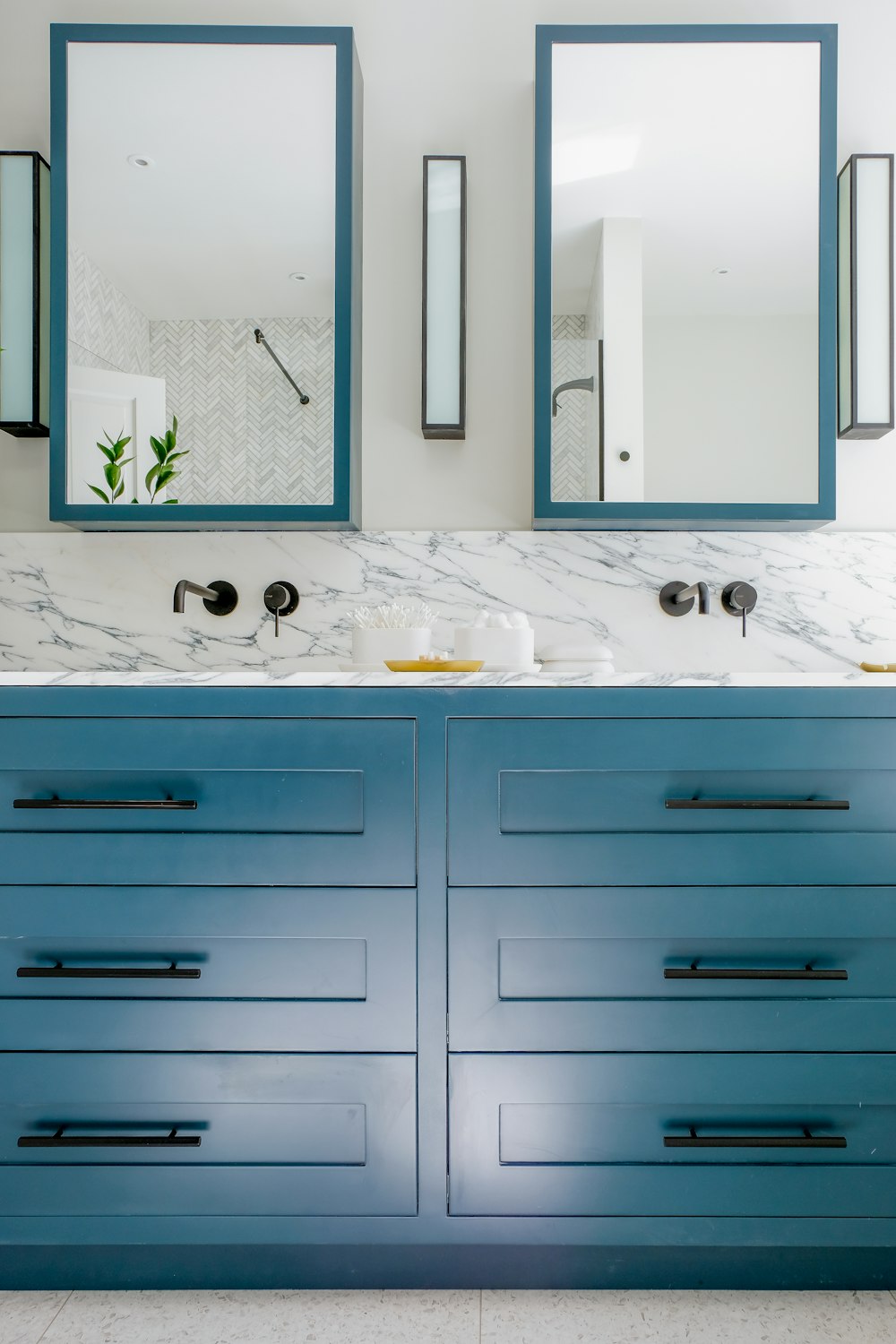Investing in renovating a home is a decision worth its weight in gold. Home renovation can boost your home’s value, increase space and add comfort. A renovated home feels new, refreshing and cozy.
You want might be looking to make your current home into your ideal living space. Yet home improvement projects can be expensive. Here are seven ways to finance a home renovation.
1. Pay Using Cash or Liquid Assets
Most people want the cheapest option when they’re looking to finance a home renovation. Renovation loans can come with charges, fees and interest rates. But cash payment is a free option and it prevents accumulating debt.
You may have considered savings, bonds, CDs and checking to fund your project. As long as you have enough to spare, they’re the best way to improve your home. The only money or account you should not touch is your emergency fund.
If you opt for cash payments, make sure you have enough for the entire project. That way, you engage your contractor to ask for some discounts. Partial home renovation or pausing midway can cost you your bargaining power or inflate remodeling costs.
2. Dip Into Your Home Repairs Account
As a rule, you should create a replacement reserves account when buying a new home. This is because your home wears out with time and you’ll need to do some repairs. Having reserves can ensure you have a financing option when any element breaks down.
Create a separate account and label it home repairs and replacement account. Make sure you save some money every month for emergency repairs and renovations. Experts recommend saving 1-3% of the total home value every year for maintenance and repairs.
If you have this account, you can avoid dipping into your savings or emergency account. Home renovation is sometimes an emergency. But it can leave you in financial limbo if you touch your savings.
3. Home Renovation Loans
Home renovation loans can be a great source of finance for your home improvement project. You can apply it for a simple home remodel and for larger renovation projects.
A home renovation loan is usually a far much better option than a home equity loan. It has a lower interest rate. And if you’re securing it with Plenti, you can enjoy a personalized rate based on your credit history.
Borrowing amounts are also flexible to your needs. With options like Plenti, you can borrow up to $50,000 and you’re allowed a repayment period of up to 7 years. Imagine finding the money you needed for all your remodeling ideas and repaying at your pace.
A home renovation loan is a great option when you can’t refinance your home loan or want a flexible repayment period. The amount you’re eligible to borrow can go high as the post-renovation value of your old home.
4. Cash-Out Refinancing
Cash-out refinancing is another good option to fund your remodeling ideas. It means acquiring a new larger mortgage to replace the existing one. You end up getting some cash out of the difference between the two mortgages.
Cash-out refinancing is best if you’ve stayed in the home for several years. Repaying allows you to build some equity that you can turn into cash and use for your projects.
A cash-out refinance does come with costs that can add up to a few thousand dollars. You have to pay closing costs, appraisal costs and application fees. The option also comes with interests on cash received plus interest on the mortgage.
The amount received is likely to be much less than from home renovation loans. This is because the lender might limit the amount to around 80% of your home’s value.
You have to take into account prevailing mortgage interest rates when taking cash-out. Higher interest rates can make your loan expensive. Lower rates can allow you to enjoy a cheaper mortgage and smaller monthly installments.
5. Home Equity Line of Credit
A home equity line of credit or HELOC is a second mortgage like a credit card. It allows you to borrow against your home’s equity. You can borrow small amounts until you exhaust your equity or use it for a large sum of credit.
If you’re doing your renovations in phases, a HELOC may be the best option to finance your home renovation. You can borrow an amount you need to complete a phase then wait until the next stage is due.
HELOCs are less expensive compared to traditional credit cards. But the lender can adjust interests which means you need to track your loan. Your home is the security for the loan so the lender can take your property if you don’t pay as agreed.

6. Apply for Home Equity Loan
If you want a large sum of money against your home’s equity, apply for a home equity loan. The lenders give you all the requested amounts at once. You repay on a fixed interest rate and fixed period.
This loan, like HELOC, uses your property as security. Meaning, the lender can foreclose on you if you default on the loan.
If you want to finance a large home remodeling project, this is one of the best options. You can enjoy efficient cash flow to maintain renovations.
7. Home Renovation Construction Loans
You may want to take a construction loan if you’re doing major renovations or building a new home. The loan is a great backup when you’re using savings or lack equity to access other credit options.
A construction loan boosts your borrowing potential. The bank can finance you based on the future remodeled home. This allows you to borrow an amount adequate to complete your project.
Some loan requirements can vary depending on the lender. For example, some lenders can give out the loan in the form of installments. The lender releases installments at various stages of construction.
Looking for Money to Finance a Home Renovation Project?
Trying to finance a home renovation can be a challenge even when you have savings. Using cash drains your savings and leaves you vulnerable to financial risks.
One of the best methods to finance a home remodeling project is to take an affordable loan. A good loan allows you to plan for payments due to its low interest rates and longer repayment periods. For more advice on home loans and renovation, check out the rest of our blog.






















